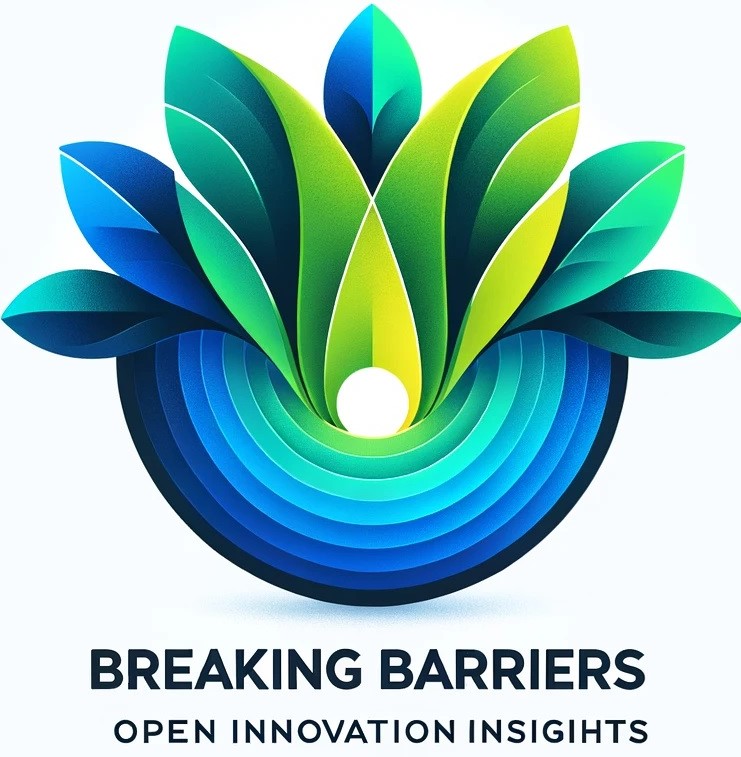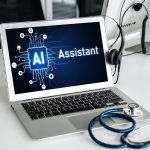
My recent reflection on my trip to India brought me back to my early professional journey in India, beginning in 1998 when the internet was in its infancy. Like AI today, the internet was new and not yet a commodity. Over time, as the internet became widely accessible, it ceased to offer a competitive advantage, as everyone has it, and it’s an inseparable technological commodity today. I see AI following a similar trajectory. Generative AI and other tools are creeping into everyday life and becoming accessible to everyone, leveling the playing field. Just as the internet is no longer a strategic differentiator, AI will soon reach that point – irrespective of the perceived unique strength in proprietary data organizations hold today and provides them a competitive advantage or being an early adopter of GenAI. None of this will matter, as everyone will be on the same playing field in the coming years on AI as we are on technologies like the internet today. What sets organizations, professionals, and individuals using AI for personal use apart in the coming days is their creativity and ability to apply AI solutions to their core strengths and capabilities – making them more efficient while deriving new capabilities and innovations with AI.
With 1998 as a benchmark to compare to and where we are now, returning from India after attending a destination wedding, I reflected deeply on how AI can enhance various aspects of life. Part of this reflection was fueled by the intense program at UT Austin, where I had to juggle deadlines, build AI models, and take exams—all while attending the wedding. Between events, I would return to my hotel room to study, work on projects, or complete tests before returning to the next wedding function. This balancing act turned out to be one of the most profound learning experiences for me, as it sharpened my ability to integrate AI into real-world situations.
Reflecting on my experience, I began considering how AI could revolutionize elaborate wedding planning, which my wife and I were fully immersed in. AI could streamline every process, from designing the wedding venue and selecting outfits to curating the food menu and editing videos. Even the often-overlooked challenges of accommodating guests’ needs could be simplified. Anyone familiar with Indian weddings knows that there’s always an auntie or uncle with something to complain about—AI could predict these needs, smoothing out friction and ensuring a seamless experience. AI could personalize everything, from creating unique experiences for each guest to addressing cultural sensitivities, making the event more memorable for everyone involved.
But this trip wasn’t just about wedding. It was also an opportunity to explore spirituality in the sacred cities of Rishikesh and Kashi. During this spiritual journey, I reflected on the wisdom imparted, often as conversations waiting in line at the temples, to me by my late parents, something I now deeply miss. Standing in line at the Kashi Vishwanath temple, it struck me: what if AI could bring ancestral knowledge and spiritual guidance to travelers? AI has the potential to enrich the spiritual experience in these cities by offering personalized spiritual journeys, access to virtual gurus, and guided meditations tailored to one’s spiritual needs. Through real-time translations of ancient Sanskrit rituals, augmented reality that overlays historical and spiritual contexts on sacred sites, and tailored content recommendations, AI could deepen one’s connection to spirituality in a profoundly immersive way.
AI could also assist travelers with performing complex rituals, using wearables to track wellness, and even facilitating community building among like-minded spiritual seekers. In cities like Rishikesh and Kashi, this would mean making the spiritual journey more accessible and meaningful, blending ancient wisdom with cutting-edge technology to create a more personalized and immersive experience. AI can make the path more transparent and enriching for someone seeking self-reflection and divine connection.
As I continue to explore AI capabilities, the line between hype, fear, and real opportunities is becoming more apparent. While many express concerns about AI, I’ve realized that its true potential lies in how creatively and purposefully it is applied. There are plenty of opportunities with AI, but more than simply adopting it won’t provide a competitive advantage. The real value comes from using AI to enhance an organization’s unique strengths and competencies, applying it thoughtfully and strategically.
The evolution of the internet serves as an excellent analogy. In its early days, companies that harnessed the internet gained a significant edge because few had the infrastructure or understanding to leverage its potential. Over time, the internet became ubiquitous and ceased to be a unique advantage. Similarly, AI is on a path to becoming a standard tool, universally available to everyone, from startups to global enterprises. It will no longer be a differentiator, much like the internet today.
This brings us to the question of data proprietorship. While some industries rely on exclusive access to proprietary datasets today, the rapid advancement of AI could minimize the value of holding such data. AI’s ability to infer patterns and generate insights from publicly available datasets will likely level the data playing field. This could challenge the notion that controlling exclusive data is essential for maintaining a competitive edge. AI’s strength lies in its capacity to reverse engineer valuable insights from any data source, not just proprietary ones.
As AI becomes more pervasive, true differentiation will come from how organizations apply AI in conjunction with their existing strengths and competencies. This shift will push companies to think more innovatively, moving beyond mere AI adoption to embedding AI into their core operations and finding new ways to leverage it. Companies that understand how to integrate AI with their domain expertise—whether in customer service, supply chain management, or product development—will be the ones that stand out. It will no longer be about access to AI or data but about applying these tools to drive real value.
This perspective challenges organizations to focus on their unique strengths—leadership, agility, or specific industry expertise—while using AI to amplify those capabilities. It reassures that AI is not a threat but an asset that, when applied creatively, can enhance and amplify what makes an organization truly exceptional. The true competitive advantage will come from the ability to innovate with AI, integrating it to elevate an organization’s core competencies, making it even more competitive and successful.













